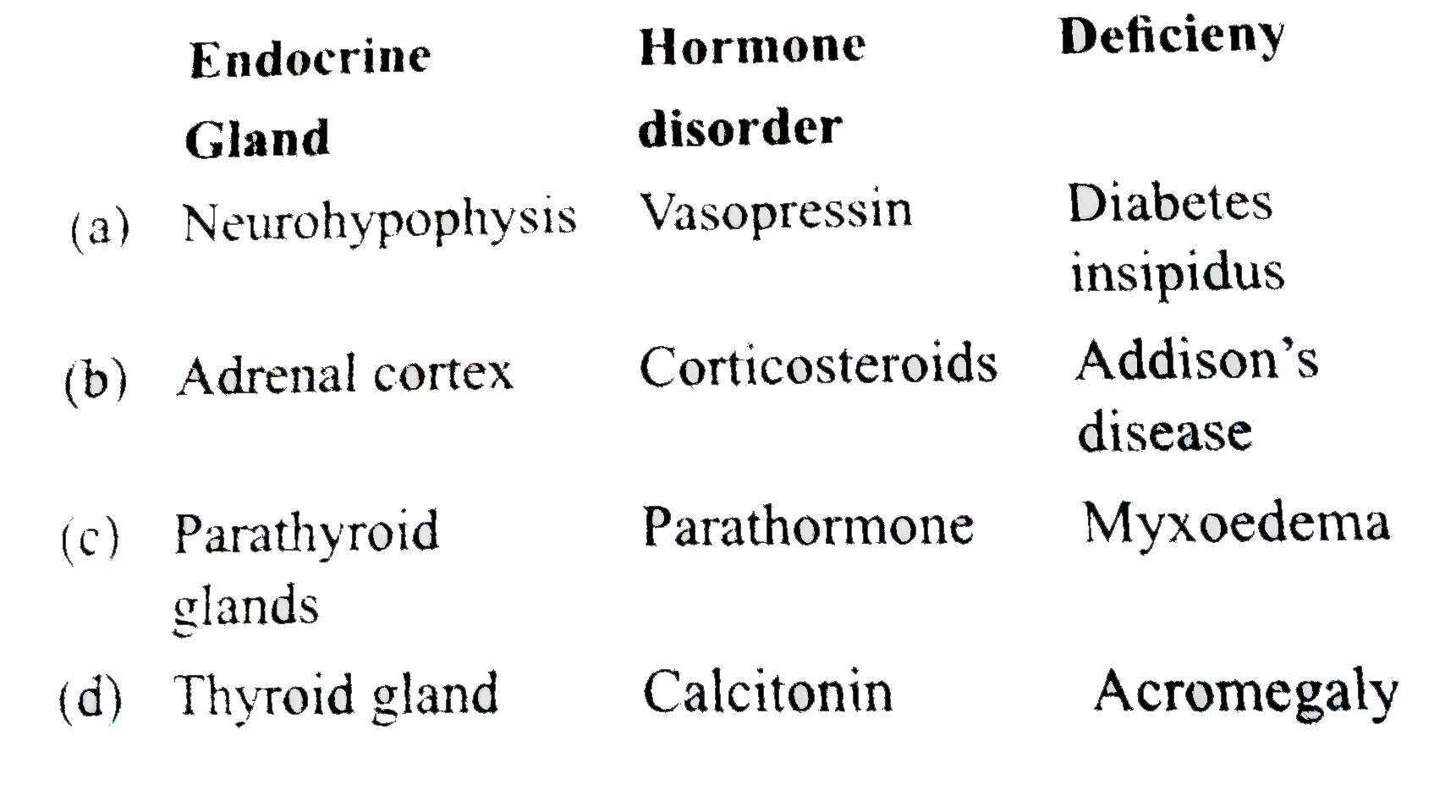Mark the correct set of muscles involved in forceful expiration in humans
External intercostal and internal intercostal muscle
Diaphragm and abdominal muscles
Diaphragm and external intercostal muscles
Abdominal muscles and internal intercostal muscles
To determine the correct set of muscles involved in forceful expiration in humans, we will analyze each option provided in the question.
1. Understanding Forceful Expiration:
- Forceful expiration is the process of actively expelling air from the lungs. This involves specific muscles that contract to decrease the volume of the thoracic cavity.
2. Analyzing Option A (External Intercostal and Internal Intercostal Muscles):
- The external intercostal muscles are primarily involved in inhalation as they elevate the ribs, increasing the thoracic cavity volume.
- The internal intercostal muscles assist in forced expiration by depressing the ribs. However, since the external intercostals are not involved in expiration, this option is incorrect.
3. Analyzing Option B (Diaphragm and Abdominal Muscles):
- The diaphragm is a major muscle for inspiration. It contracts and flattens during inhalation, increasing the thoracic cavity volume.
- The abdominal muscles do play a role in forced expiration by pushing the diaphragm upwards, but the diaphragm itself is not involved in expiration. Therefore, this option is also incorrect.
4. Analyzing Option C (Diaphragm and External Intercostal Muscles):
- Again, the diaphragm is primarily for inhalation, and the external intercostal muscles assist in inhalation. Neither muscle is primarily involved in forceful expiration, making this option incorrect as well.
5. Analyzing Option D (Abdominal Muscles and Internal Intercostal Muscles):
- The abdominal muscles help in forceful expiration by contracting and pushing the diaphragm upwards.
- The internal intercostal muscles are crucial for forced expiration as they depress the ribs, aiding in expelling air from the lungs.
- This combination of muscles is indeed involved in forceful expiration, making this option the correct answer.
Conclusion:
The correct set of muscles involved in forceful expiration in humans is Abdominal Muscles and Internal Intercostal Muscles (Option D).
---
- Forceful expiration is the process of actively expelling air from the lungs. This involves specific muscles that contract to decrease the volume of the thoracic cavity.
- The external intercostal muscles are primarily involved in inhalation as they elevate the ribs, increasing the thoracic cavity volume.
- The internal intercostal muscles assist in forced expiration by depressing the ribs. However, since the external intercostals are not involved in expiration, this option is incorrect.
- The diaphragm is a major muscle for inspiration. It contracts and flattens during inhalation, increasing the thoracic cavity volume.
- The abdominal muscles do play a role in forced expiration by pushing the diaphragm upwards, but the diaphragm itself is not involved in expiration. Therefore, this option is also incorrect.
- Again, the diaphragm is primarily for inhalation, and the external intercostal muscles assist in inhalation. Neither muscle is primarily involved in forceful expiration, making this option incorrect as well.
- The abdominal muscles help in forceful expiration by contracting and pushing the diaphragm upwards.
- The internal intercostal muscles are crucial for forced expiration as they depress the ribs, aiding in expelling air from the lungs.
- This combination of muscles is indeed involved in forceful expiration, making this option the correct answer.
The correct set of muscles involved in forceful expiration in humans is Abdominal Muscles and Internal Intercostal Muscles (Option D).
Topper's Solved these Questions
Similar Questions
Knowledge Check
Mark the correct sets
 Ab, cBc, dCa, bDa, d.
Ab, cBc, dCa, bDa, d.Mark the correct pair of muscles involved in the normal breathing in humans :-
AExternal and internal intercostal musclesBDiaphragm and abdominal musclesCDiaphragm and external intercostal musclesDDiaphragm and internal intercostal musclesMark the correct pair of muscles involved in the normal breathing in humans.
AExternal and internal intercostal muclesBDiaphragm and abdominal musclesCDiaphragm and external intercostal musclesDDiaphragm and intercostal muscles
Mark the correct matching set
View SolutionExpiration involves
View SolutionThe additional muscles used for forceful breathing in humans are :
View SolutionWhich of the following is the correct set of events involved in the process of decompostion?
View SolutionMark the correct set showing polymorphism
View Solution
